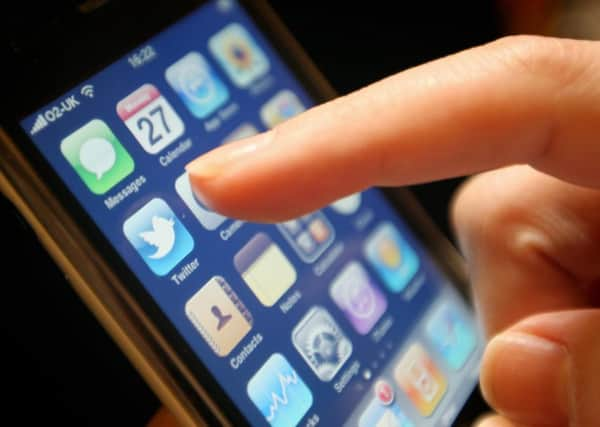Tech Talk: Cloud and clear


A slew of “cloud storage” services now compete for the right to look after your documents, pictures, spreadsheets and other files. They have different pros and cons, but they’re all better than carrying things around on a USB stick.
Cloud storage means keeping your data in a private corner of the internet, reachable directly by you with a username and password, or indirectly by apps on your phone or tablet.
Advertisement
Hide AdAdvertisement
Hide AdGoogle Drive and Dropbox are the two best-known and most-integrated storage solutions, but they are also subtly different. While Dropbox is basically a big filing cabinet, Google Drive aspires to be a fully-fledged replacement for your traditional suite of office programmes. There’s no need to download, edit and re-upload a document, spreadsheet or presentation from Google; you can do all your editing right there in the cloud. The advantage of this is compatibility between different makes of device and a potential saving of hundreds of pounds on office software. The disadvantage is that you ideally need a continuous connection to the internet.
Google Drive is also good at sharing documents between collaborators, even when they have been produced on specialist programmes like Adobe Photoshop. You can also use it to send attachments that are too big to email.
Dropbox also makes it easy to share files, but no editing is possible within the system itself. On the other hand, it’s integrated into many mobile apps, which automate the process of sending, editing and saving.
As the two systems are free for small-to-moderate users, it’s worth signing up for both. If you’re still short on space, try Spideroak, which attempts to address paranoia about security by issuing you with a “personal key” and encrypting files. Microsoft’s OneDrive is another solution, though some are put off by the company’s confusing habit of continually renaming its products and then expecting everyone to know which password goes with which service. There’s always one dark cloud on the horizon.